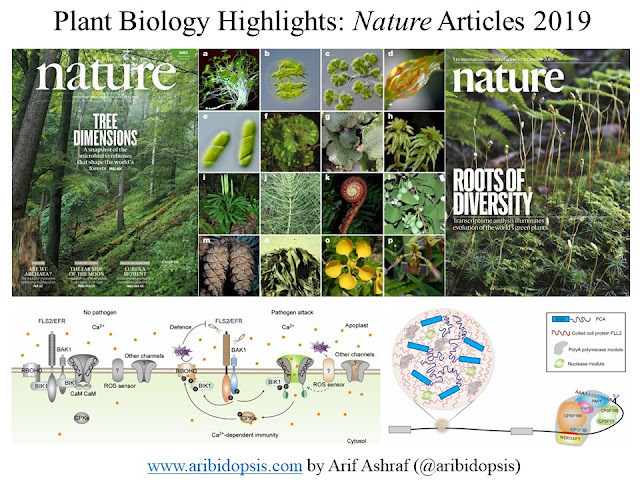Why Arabidopsis Why: Cauliflower
As a plant developmental biologist, Arabidopsis thaliana is my most favorite thing to work with. There is always few frequently asked questions regarding the plant I use. Does it produce any grain? Does it provide fruits? Does it has ornamental value? and so on. To make the long story short, it is a weed!
Fellow researchers think Arabidopsis as a toy which has no economic value. Sometimes they make fun out of me about Arabidopsis. The worst case happened when they provide a new name for me. ARIBIDOPSIS (Arif + Arabidopsis)!
Here comes superficial logic behind Arabidopsis. Think about E. coli for a second. It's a simple bacteria like any other ordinary one. Scientists started to treat it as model and knowledge gained through the study of it has been applied for decades. Same thing is true for single celled yeast, mice, C. elegans, drosophila too.
The following features have made Arabidopsis as a model plant.
- Life cycle, more precisely from seed to seed, it takes 2-3 months.
- Through each life cycle, it provides thousands of seeds.
- Easy to grow and require less space.
- Genome is relatively small, although contains necessary processes require for plant development.
Honestly speaking, these bullet points are available in every text book. The aim of this "Why Arabidopsis Why" series is to bring some ground breaking examples where knowledge gained from Arabidopsis are applied or simulated on other plants.
Dr. Martin Yanofsky works on flower development. During some mutant screening for flower development, he observed cauliflower shape flower in Arabidopsis mutant and named that corresponding gene CAULIFLOEWER (CAL). He examined the homologous gene from the actual cauliflower plant. They found that the cauliflower plant already had a mutation in this gene. Thus from the study of Arabidopsis, we now know why a head of cauliflower looks the way that it does.
Later, he found that CAULIFLOWER (CAL ) is a flower meristem identity gene and is closely related to APETALA1 (AP1 ), and these two gene products share 76% identical and 88% similar amino acid sequences. cal mutant plants are phenotypically wildtype, whereas mutations in the CAL gene dramatically enhance the phenotype of ap1 mutants, resulting in the massive proliferation of inflorescence-like meristems (the "cauliflower" phenotype).

Wild-type flowering stem (right) and the cal mutant phenotype (left) of Arabidopsis thaliana.
It's a profound example to put in front of readers eyes who think Arabidopsis as a toy or worthless plant to study. In my future posts of this series, I'll try to bring more exciting examples.
For curious readers, you may follow links below to find original articles.




Comments
Post a Comment